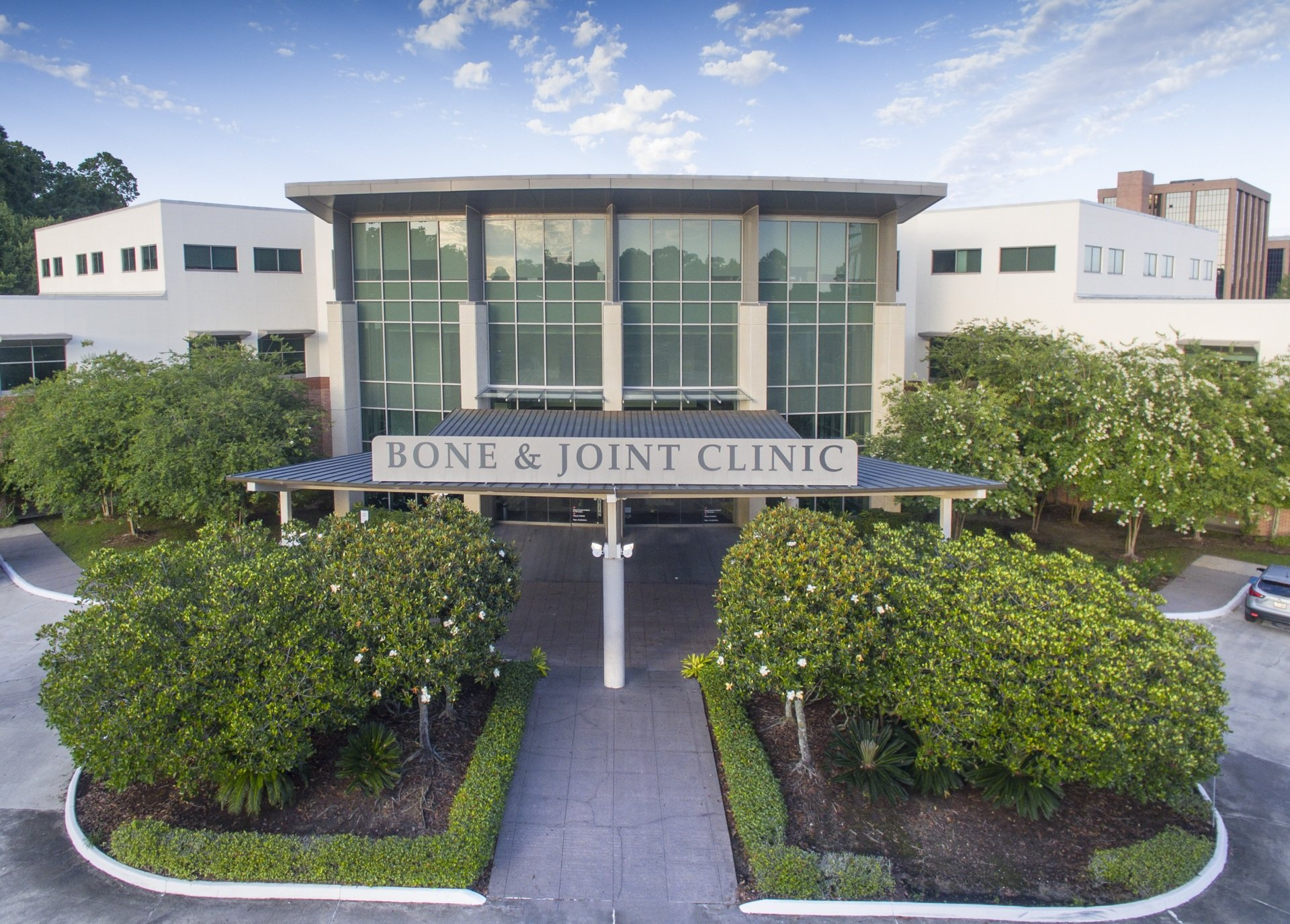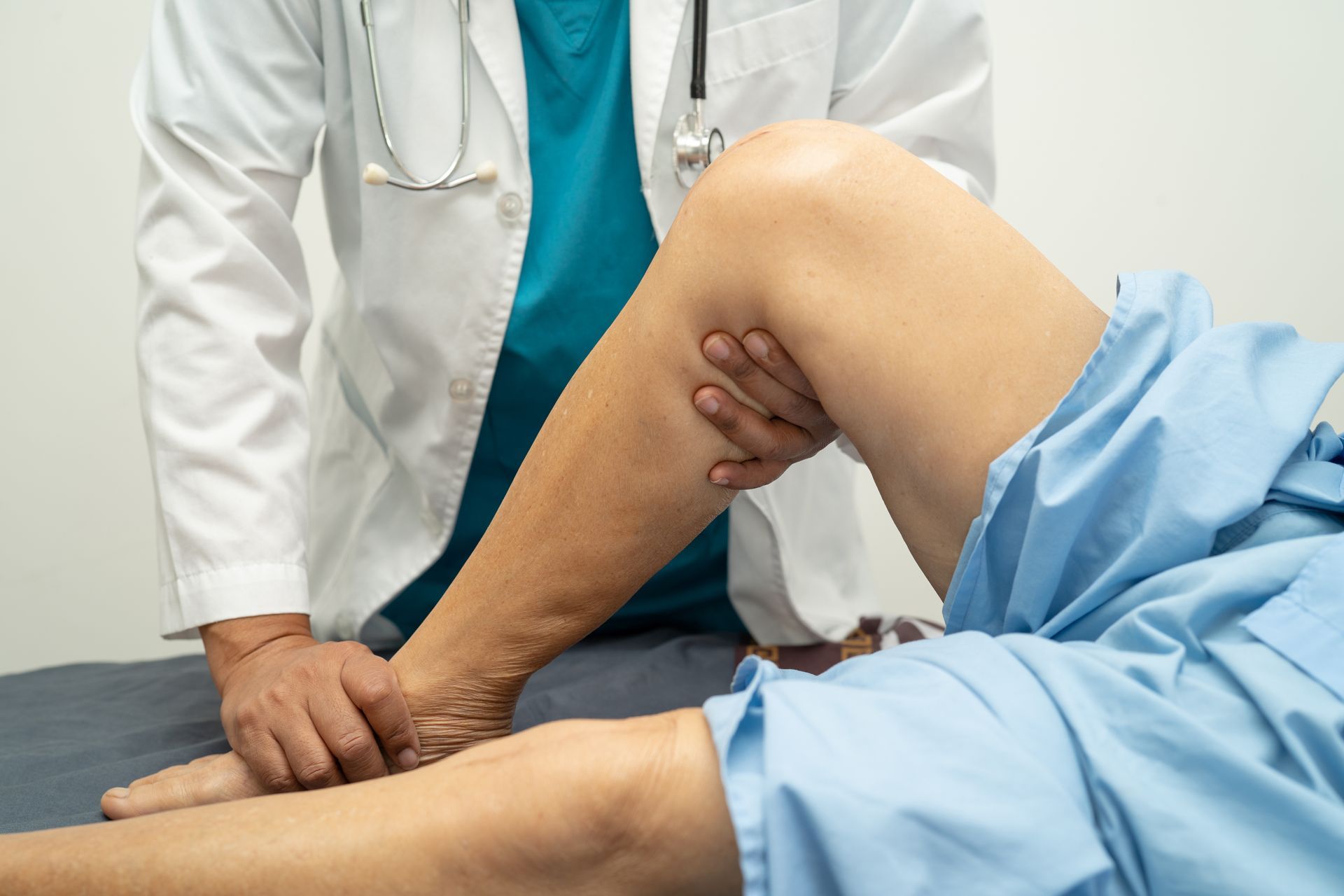While we are busy going about our lives and interacting with the world around us each day, we rarely consider the very things that carry us through it: our feet. On average, Americans walk about 5,000 to 7,000 steps per day, with the recommended goal to reduce health risk being 10,000 daily steps. With our feet striking the ground beneath us thousands of times each day and being intricately designed with 26 bones, 33 joints, 19 muscles, and over 100 ligaments, and tendons, there is ample opportunity for them to succumb to injury.
About 6% of the population will experience a foot injury in a given year, and while there is a fairly broad range of possible injuries, there are a handful that account for the vast majority of cases. Understanding these specific conditions, how and why they occur, and how they should be treated is critical to helping patients fully recover and reduce the risk of reinjuring the foot in the future. Here are three, in particular, of which patients should be aware:
Plantar Fasciitis: Causes & Symptoms
Plantar fasciitis is a common source of heel pain, estimated to impact as many as 1 in 10 Americans at some point in their lifetime. The plantar fascia is a supportive ligament of the foot arch and runs the length of the foot from heel to toe. When overused or stressed, the fascia can develop small tears, resulting in irritation and inflammation. It turn, stabbing pain at the bottom of the foot, particularly near the heel may be observed. This pain is often at its worst with the first steps taken in the morning, when standing after sitting, after long periods of standing, and following exercise.
Treating & Preventing Plantar Fasciitis
Fortunately, most cases of plantar fasciitis can be successfully treated with conservative methods such as rest, ice, physical therapy, and nonsteroidal anti-inflammatory medications. However, for roughly 3 to 5 percent of patients, these therapies will be insufficient in bringing relief, and surgical intervention may be needed. Most commonly, a surgical technique called endoscopic plantar fasciotomy (EPF) will be used.
For those patients who have known cases of plantar fasciitis, certain preventative steps may be taken to help reduce the risk of future flare-ups. These can include the use of night splints, custom-fitted orthotics, more supportive shoes, and stretching.
Foot & Ankle Stress Fractures: Causes & Symptoms
Stress fractures are small fractures that occur within a bone. They are most often associated with overuse or repetitive activity and are commonly associated with sports such as running, basketball, and soccer. Most commonly, these fractures occur at the top of the foot, between the second and third metatarsal bones. They may also be observed in the calcaneus (heel bone) or talus (a small bone within the ankle joint). Symptoms are typically pain that increases with activity or that improves with rest, swelling of the outside of the ankle or the top of the foot, tenderness, and bruising.
Treating & Preventing Foot & Ankle Stress Fractures
When a fracture is suspected, patients should follow the RICE technique of rest, ice, compression, and elevation. Anti-inflammatory medications may also be used to control pain, and limited weight-bearing may be recommended through modified activity or the use of crutches. In some instances a brace or cast may also be used. In more severe cases, surgery may be needed to facilitate proper healing.
Preventing stress fractures requires that patients use caution in regards to physical activity. Wear supportive shoes that are designed specifically for the activity being undertaken. Make changes gradually in regard to speed, distance, or new running environments. Maintain a variety of activities, and take a few days off when pain, swelling, or other symptoms are noticed.
Ankle Sprains: Causes & Symptoms
Millions of ankle sprains occur each year, making them among the most commonly sustained injuries. The connection between ankle and foot means that what happens in one is frequently related to and impactful upon the other, and this is certainly the case here. Sprains occur when the ligaments of the ankle are overstretched, resulting in tears ranging from microscopic to complete. They are typically the result of an unnatural and unexpected twisting of the foot while walking, exercising, or participating in sports. Symptoms of a sprain often include swelling, bruising, tenderness, ankle instability, and the sound or sensation of a “pop.”
Treating & Preventing Ankle Sprains
Nearly all ankle sprains can be successfully treated without surgery. However, the specific treatments and length of recovery will vary based on the sprain’s severity. In all grades of ankle sprains, immediate use of the RICE technique is recommended. For mild sprains, patients may also use an ACE bandage or other soft wrap, whereas moderate to severe sprains often need greater immobilization with a walking boot and potential limits on weight-bearing activity. Physical therapy can also be used to help rebuild ankle strength and range of motion.
The key to preventing ankle sprains is to maintain flexibility, balance, and strength of ankle muscles. This can be accomplished through stretching and exercises such as calf raises, side-to-side lunges, and resistance training with elastic bands. Patients should also use caution when walking or running on any potentially uneven surfaces and use supportive shoes designed for their chosen activity.
Foot and ankle injuries may be commonplace, but they don’t have to be for you. Taking the proper precautions to keep feet and ankles stable, strong, and flexible can keep you protected from injuries that have the potential to sideline you and cause painful symptoms. If an incident leading to pain, swelling, bruising, or tenderness should occur, rest and ice the area until you are able to see a foot and ankle specialist for a diagnosis and treatment recommendation.




